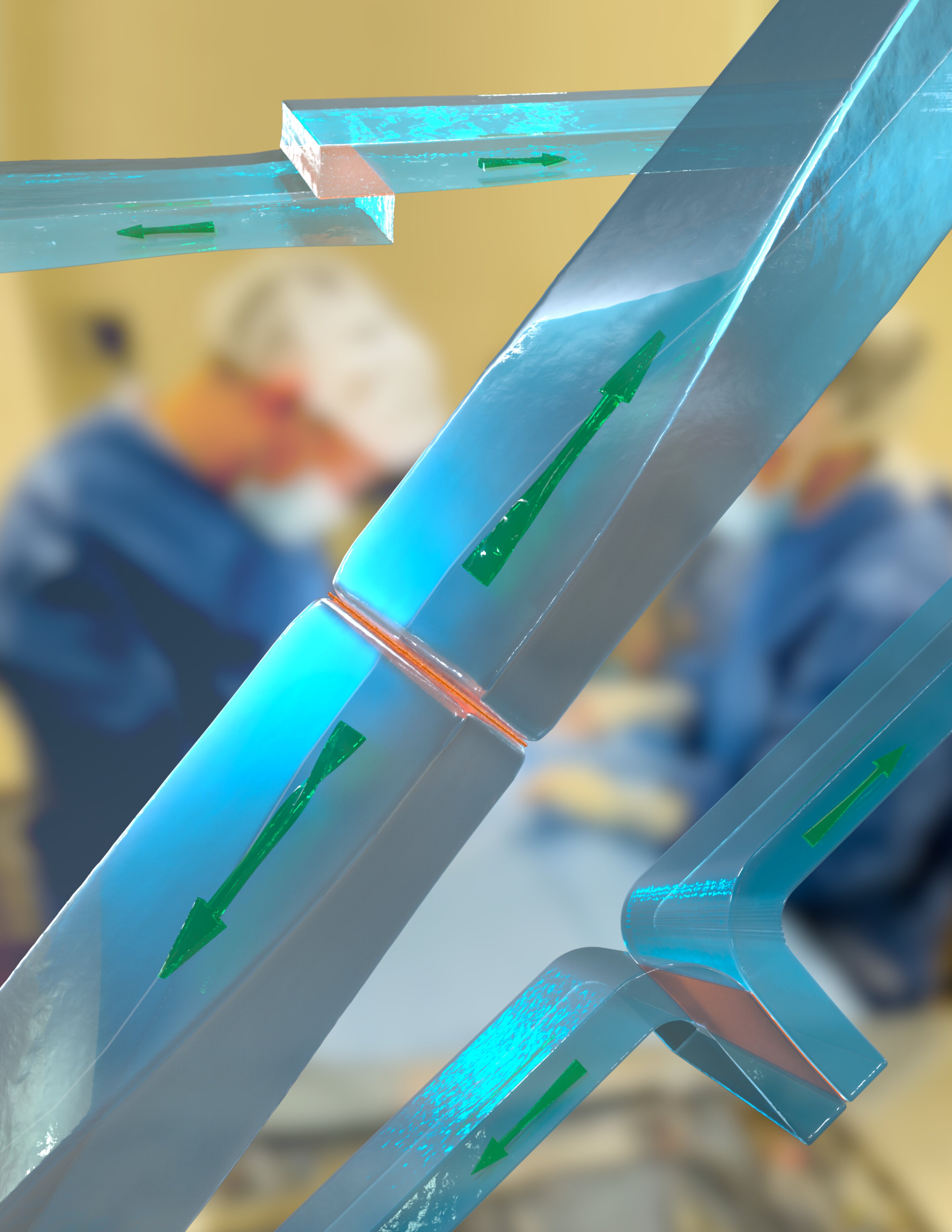Hydrogels are incredibly versatile biomaterials that are revolutionizing various biomedical fields. These water-swollen molecular networks can be customized to replicate the mechanical and chemical properties of different organs and tissues, making them compatible with the human body without causing harm to delicate areas.
However, the challenge of securely attaching hydrogel polymers to each other has persisted, with traditional methods resulting in weak adhesion over time and relying on complex procedures.
The ability to quickly bond polymers could open the door to a wide range of new applications, such as customizable hydrogels for specific tissues, encapsulation of flexible electronics for medical diagnostics, and self-adhesive tissue wraps for challenging areas of the body.
Researchers at the Wyss Institute for Biologically Inspired Engineering at Harvard University and Harvard John A. Paulson School of Engineering and Applied Sciences (SEAS) have developed a simple and adaptable method to instantly bond layers of hydrogels and other polymeric materials using a thin film of chitosan, a fibrous, sugar-based material derived from shellfish skeletons.
They have successfully applied this approach to address various medical challenges, including tissue cooling, sealing vascular injuries, and preventing unwanted surgical adhesions. The study detailing their findings has been published in the Proceedings of the National Academy of Science.
2024-02-20 02:00:06
Link from phys.org
